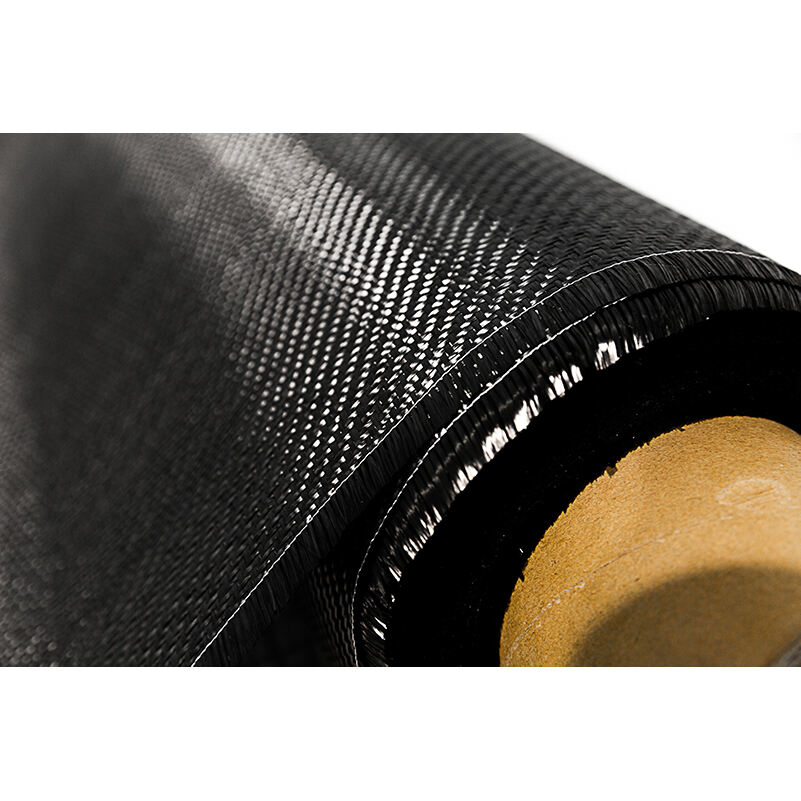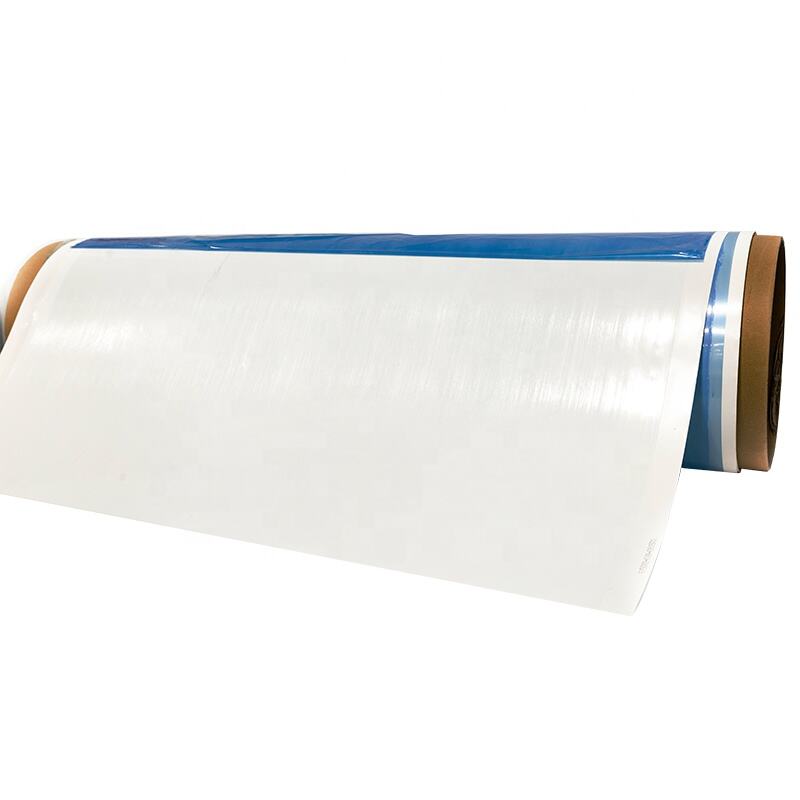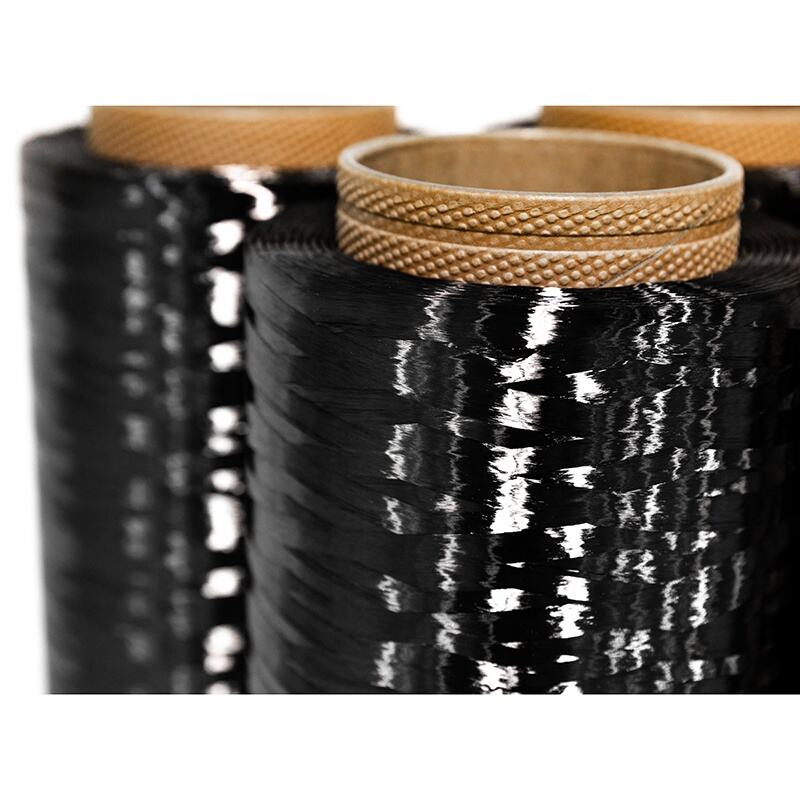glass prepreg
Glass prepreg is an advanced composite material consisting of glass fiber reinforcement pre-impregnated with a thermosetting resin system. This engineered material combines the exceptional strength of glass fibers with the processing advantages of pre-impregnated resin matrices. The glass fibers provide structural reinforcement while the resin system acts as a binding agent, creating a versatile material that offers both strength and manufacturability. In its pre-impregnated state, the material maintains a partially cured condition, allowing for easy handling and storage while remaining ready for final processing. The manufacturing process involves precise control of fiber-to-resin ratios, ensuring consistent quality and performance characteristics. Glass prepreg materials are available in various forms, including unidirectional, woven, and multi-axial configurations, each suited to specific application requirements. These materials typically require controlled storage conditions and have specific shelf lives, during which they maintain their processing characteristics. When exposed to heat and pressure during the final curing process, the resin system fully cures, creating a rigid, durable composite structure with excellent mechanical properties.


